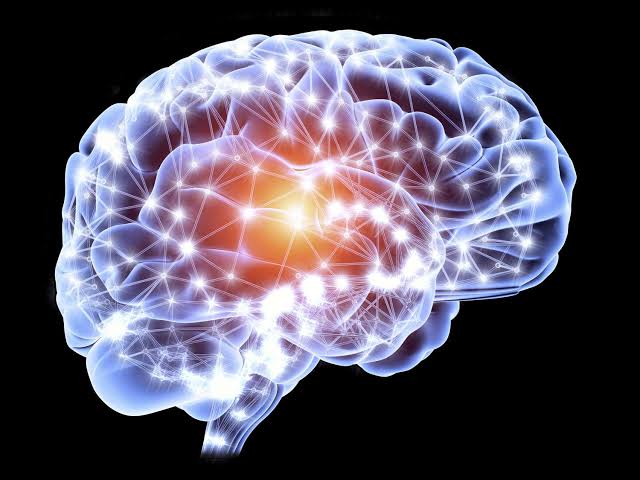Sickle Cell Anemia : Understanding the Medical Complexity of a Hereditary Blood disorder

Introduction: Sickle Cell Anemia is a hereditary blood disorder characterized by abnormal hemoglobin, leading to the production of sickle-shaped red blood cells. This condition affects millions of people worldwide, particularly those of African, Mediterranean, and Middle Eastern descent. In this blog, we will explore the medical aspects of Sickle Cell Anemia, including its etiology, clinical manifestations, diagnosis, and management. By gaining a deeper understanding of this condition from a medical professional perspective, we can provide comprehensive care and support to individuals living with Sickle Cell Anemia. Etiology: Sickle Cell Anemia is caused by a mutation in the gene that codes for hemoglobin, the protein responsible for carrying oxygen in red blood cells. The most common type of mutation is a single nucleotide substitution in which the amino acid valine replaces glutamic acid in the beta-globin chain. This mutation results in the production of abnormal hemoglobin cal...





